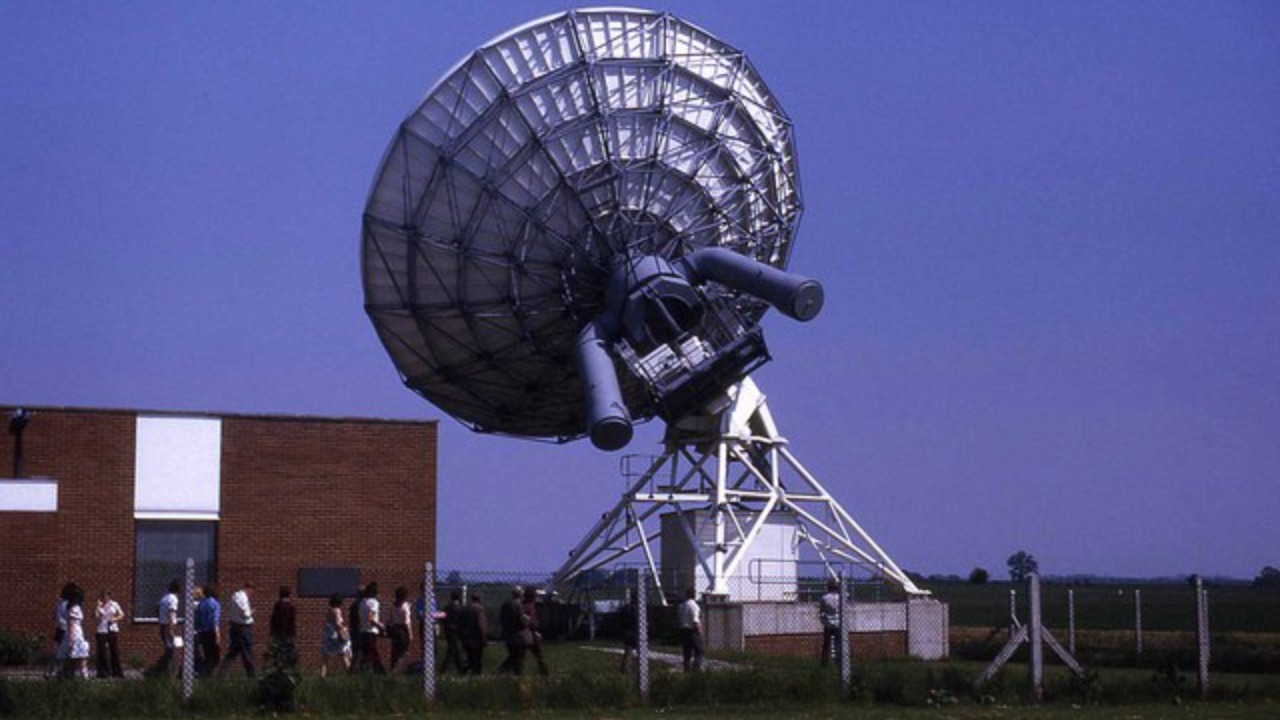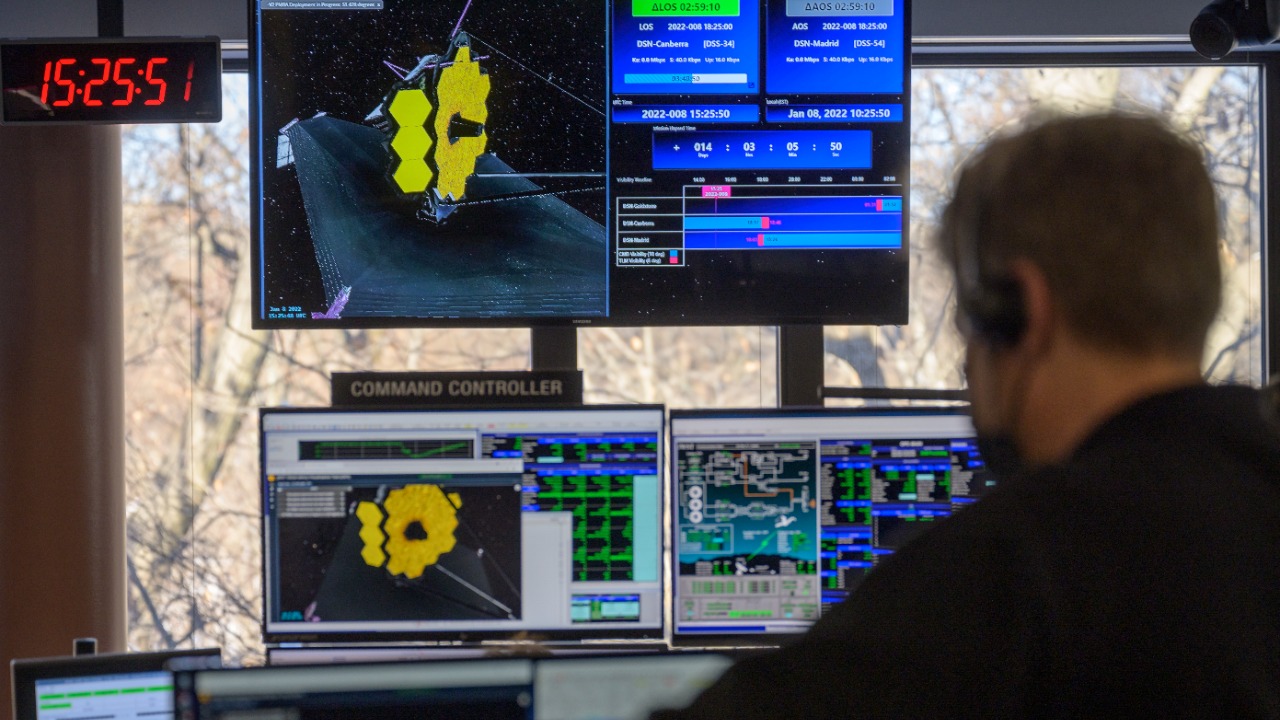
In a significant development in the field of astronomy, a potential radio signal originating from an exoplanet has been detected. This discovery could represent a significant stride forward in our ongoing quest to identify extraterrestrial life. This article will delve into the intricacies of this signal detection, the technologies deployed, and the potential implications of this breakthrough.
Understanding The Radio Signal Detection

Recent reports suggest that this is the first instance of a potential radio signal being detected from an exoplanet. The signal was specifically noted as a decametric radio emission, a type of signal typically generated by interaction between a planet’s magnetic field and a solar wind. More details about this discovery can be found here.
The planet from which the signal originated is known as GJ 1151, a red dwarf star with a rocky exoplanet within its habitable zone. Given its proximity to its star and potential for water, GJ 1151 is an intriguing candidate in the search for extraterrestrial life. The technology used to detect this signal is grounded in radio astronomy, utilizing large radio antennas to capture data.
The Role of Radio Astronomy In The Search For Extraterrestrial Life

Radio astronomy plays a pivotal role in the search for extraterrestrial life. It involves the use of radio frequency radiation to study celestial bodies. Signals from outer space, such as the one recently detected, can provide valuable insight into the composition and characteristics of distant celestial bodies.
Many are familiar with the famous “Wow!” signal detected in 1977 – a strong radio signal received from outer space that sparked massive interest in the search for alien life. However, detecting and interpreting extraterrestrial radio signals comes with its own set of challenges. For instance, differentiating between signals from human-made satellites and potential extraterrestrial sources can be very tricky. A detailed analysis of these challenges can be found here.
Analysis and Interpretation of The Detected Signal

Analyzing and interpreting potential exoplanetary radio signals is a complex process. Scientists use various methods, such as polarimetry, to identify the source and nature of the detected signals. In the case of the signal from GJ 1151, astronomers are still debating its origin and nature.
One of the biggest challenges in this field is the high probability of false positives. Natural radio emissions from cosmic sources can often mimic the signals expected from extraterrestrial civilizations, leading to false detections. A comprehensive study on this topic can be found here.
Implications for The Search for Extraterrestrial Life

The detection of a potential exoplanetary radio signal could significantly impact the search for extraterrestrial life. It opens up a new avenue for identifying life-friendly conditions on exoplanets. This discovery could also potentially revolutionize our understanding of the universe and our place within it.
As we continue to develop new technologies and expand our space exploration missions, the chances of detecting signs of extraterrestrial life increase. For example, NASA’s upcoming James Webb Space Telescope is expected to provide unprecedented data on exoplanets and their atmospheres. A more detailed discussion on this topic can be found here.
Proposals for More Efficient Exoplanetary Signal Searches

Scientists are continuously developing new methods and technologies to enhance our ability to detect exoplanetary signals. For instance, the application of machine learning algorithms to sift through large volumes of data is one such promising proposal. These techniques could potentially increase the efficiency and accuracy of our searches.
However, these methods come with their own set of challenges, such as the need for extensive computational resources. Moreover, the search for extraterrestrial signals is a global effort, and international cooperation is essential for success. A thoughtful proposal on this matter can be found here.